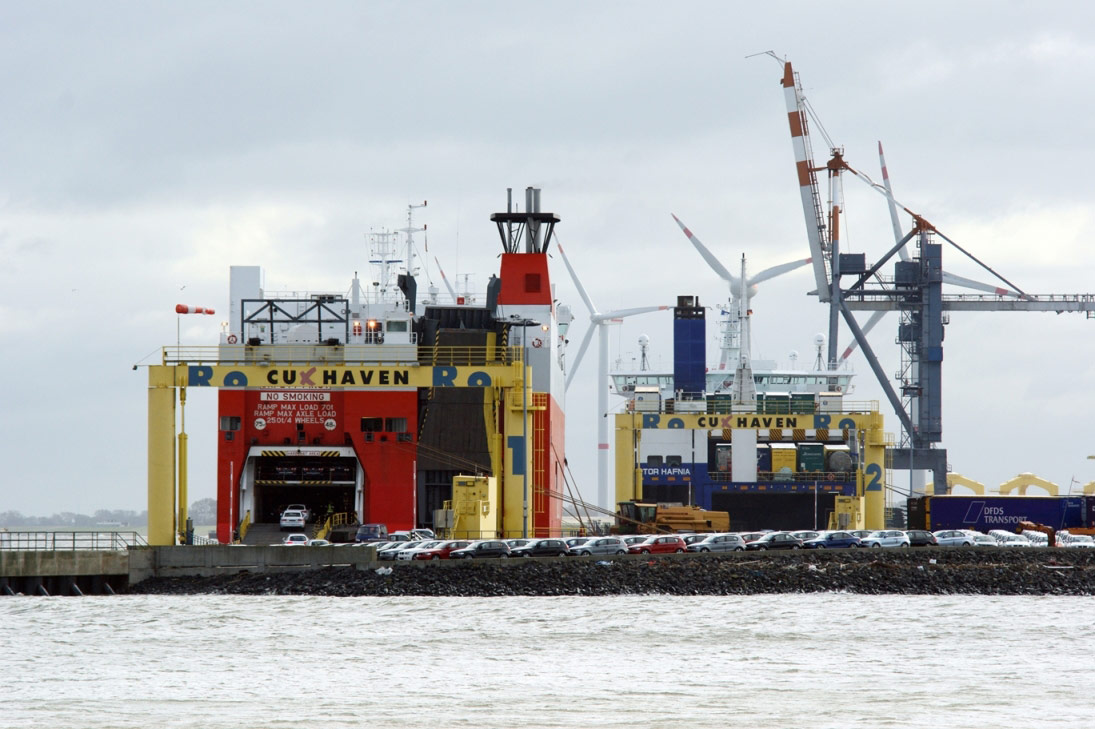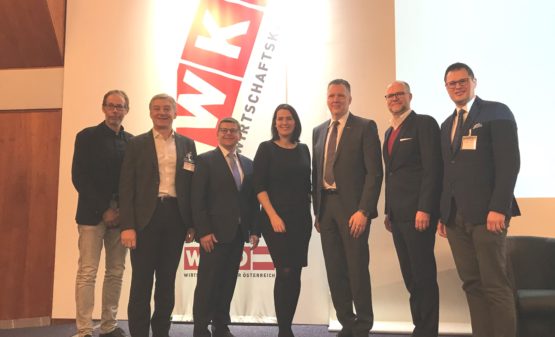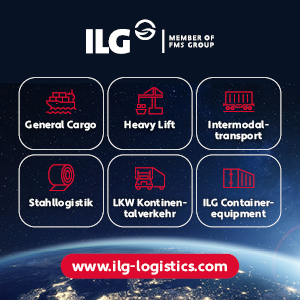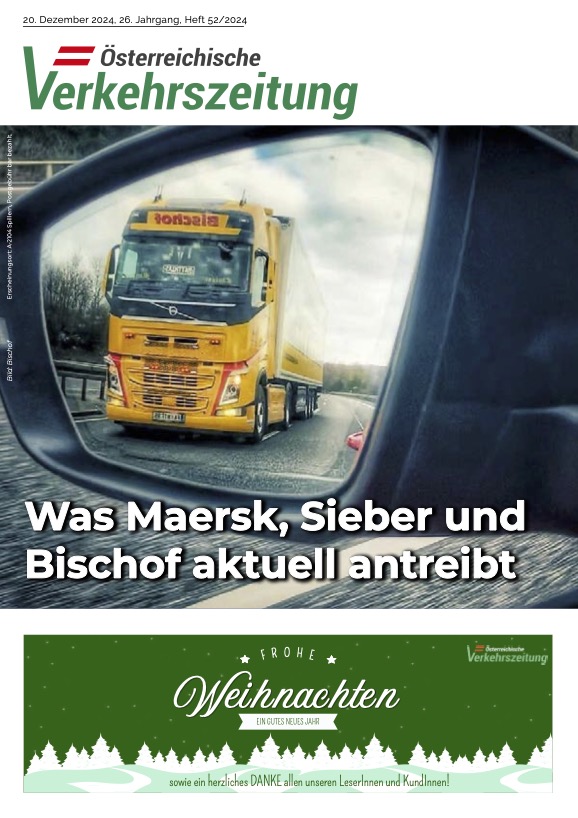Prof. Dr. Klaus H. Holocher, Professor of Port Management at the Jade University, evaluates developments in vehicle handling in the northern European seaports on a regular basis. According to his current analysis, the automotive throughput in the ten most important ports of the North range fell slightly in 2016 by 1.2 percent to 9.3 million vehicles.
According to Klaus H. Holocher, most of the vehicles were handled in Zeebrugge. With 2.8 million units, the Belgian port is clearly ahead of Bremerhaven (almost 2.1 million cars). With 1.3 million vehicles, Emden was ranked third after Antwerp, even though the throughput volume fell by five percent. In Cuxhaven, the throughput volume rose by more than 15 percent, with almost 480,000 new cars, thus the port at the Elb estuary was ranked sixth.
Vlissingen, where there was a boom in automotive import two years ago, is fifth in the ranking. According to Klaus H. Holocher, the reason for this was the relocation of the Ford facotry to Valencia, Spain in 2015. Since then, Vlissingen could be reached by sea from the ports of Valencia and Sagunt and was able to increase the maritime import and export, and transhipment volume, which previously came on the road from the now closed car facotires in Genk (Ford) and Bochum (Opel).
In Cuxhaven, significantly higher volumes of cargo could be achieved in 2016, resulting, among other things, from a sharp increase in imports. This also led to an increasing need for storage areas, which could be effectively met by restructuring of areas close to the port. With the construction of the new berth 4 in Cuxhaven, new potential for the automotive throughput is likely to be created.
Emden handled around 1.3 million vehicles, while the export share was 81 percent. In this context, Klaus H. Holocher refers to the perspective paper for this port, which was commissioned by the state-owned port infrastructure company, Niedersachsen Ports. Until the year 2030, a potential for handling more than 2 million vehicles is predicted, and it is therefore recommended to implement the planned capacity expansion and the Ems fairway adaptation in a timely manner so that the potential could also be exploited.
“Britain’s exit of the EU and the threat of import restrictions on the United States could have a negative impact on German and European vehicle exports to these two countries. On the other hand, there are intensive industrial interdependencies, which must be taken into account in the political activities. BMW, Daimler and VW produced significantly more cars in the USA than they export from Germany. Their exports from the USA are already reaching almost the volume of imports from Germany,” explains the Professor. Throughput of new vehicles in the European sea ports could also be regarded as a growth market in the long term.












